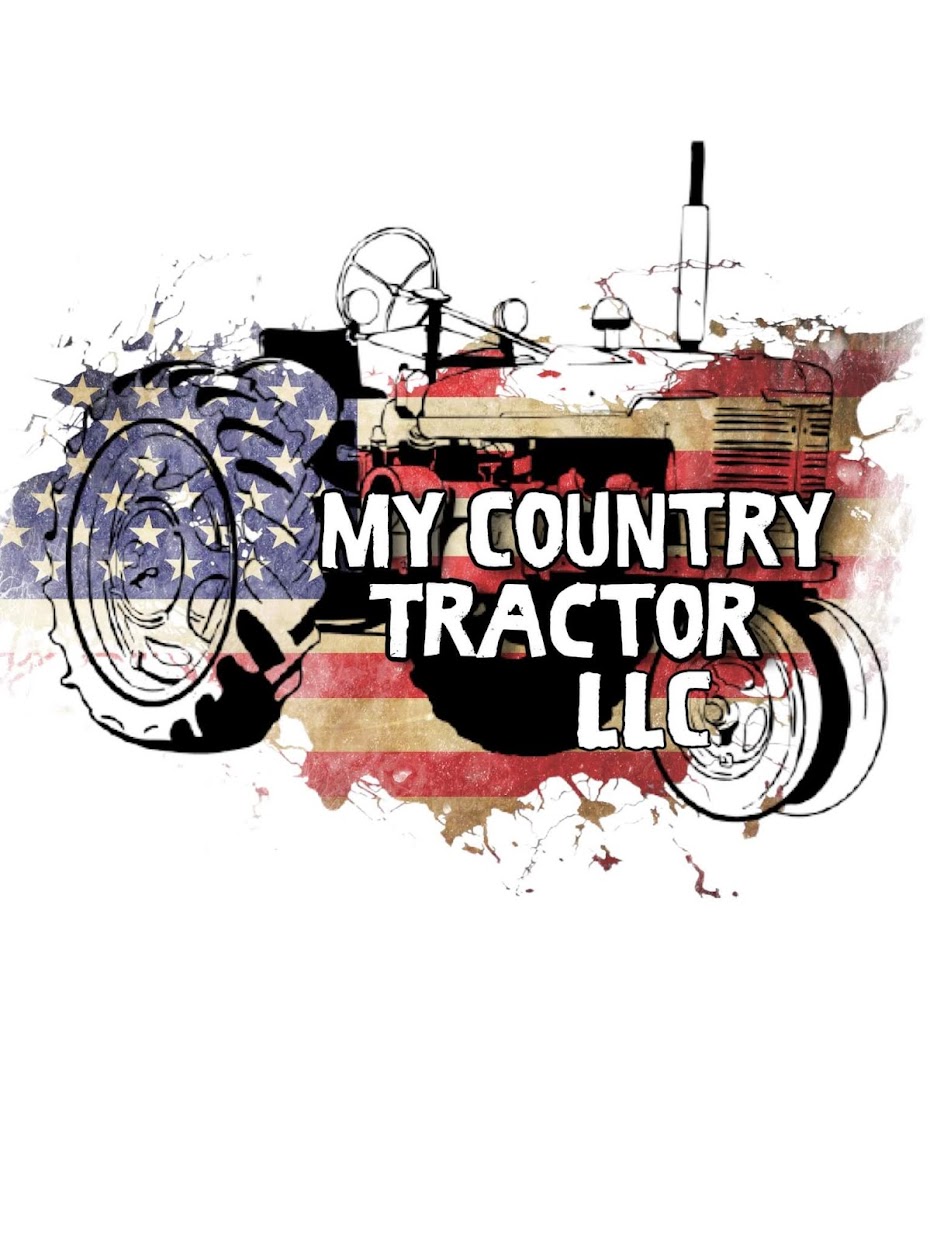For the benefit of regional ranchers, the ultimate achievement would be to provide a year-round grazing system that could utilize a perennial cool-season grass. Cool-season grasses, such as tall fescue, can fill part of the forage gap by replacing annual winter pasture.
For me, what makes this grass so interesting is a fungus (Neotyphodium coenophialum) that grows between the plant cells and grows into the developing seed. This fungus is known as an endophyte, and it provides grasses like tall fescue with tolerance to stresses such as drought and resistance to insects. A similar fungus, Neotyphodium lolii, is found in perennial ryegrass, a grass that is predominantly used for forage in New Zealand and Australia. The grass and fungus live in a mutualistic symbiotic relationship where the endophyte is provided with shelter and nutrients, and is dispersed in the seed while the grass gains greater persistence and tolerance to stresses.
Unfortunately, this very fungus is what gave tall fescue a bad reputation. When tall fescue was first introduced in the late 1930s, it showed great promise as the next generation forage due to persistence during drought. However, it was noted that there was a negative side to this grass. The fungus that was beneficial to the grass was capable of producing compounds detrimental to grazing animals and resulted in poor animal performance. In this case, the grass was considered "hot" in that it contained an endophyte that was harmful to the livestock because of the production of ergot alkaloids that caused fescue toxicosis. If you cure the grass of the fungus, animal productivity goes up, but the grass persistence declines. There are many management possibilities for fescue toxicosis (Roberts, C., and Andrae, J. [2004]. Tall fescue toxicosis and management. Online. Crop Management doi:10.1094/CM-2004-0427-01-MG), but one solution is to replace the "hot" endophyte with one that is considered animal friendly, but still able to provide many of the positive attributes. The animal-friendly endophytes are the same species as the toxic varieties, but are naturally occurring variants that have been identified in tall fescue from places such as the Mediterranean. Once an animal-friendly endophyte is reinfected into an endophyte-free seedling, it is able to establish in the plant and can be transmitted through the seed. This allows for seed production of a pure animal-friendly line.
So how does the endophyte help the grass and how are the toxic compounds made? We actually don't understand all the biology behind this grass/fungal association, but we do know that the fungus is capable of making a range of compounds that help with persistence. Some of the compounds, the lolines and peramine, are considered beneficial to the host plant as they provide protection from many insects. However, ergovaline (an ergot alkaloid) and lolitrem B have been documented as compounds that are detrimental to the grazing animals. In the last 10 to 15 years, a lot of research has been accomplished to identify the fungal genes that are essential for the production of these compounds. Now that we know the regions of the genome that are required for these compounds, we can use this information to help us search for better endophytes that don't have the detrimental genes.
In my laboratory, we are using a series of molecular biology tests that allow us to monitor the presence of the endophyte in the grass. Not only can we tell the endophyte is there, but we also have markers to help us distinguish them from each other and markers that tell us the likelihood that a newly identified endophyte can make certain compounds. For example, we can tell the "hot" endophytes apart from the animal-friendly types. We can also conduct analyses for ergot alkaloid levels. These tools are being used in quality assurance pipelines with our grass breeders to follow levels of endophyte infection and make sure the right endophyte is present. Through these extra levels of testing, farmers and ranchers can be assured that forages released by the Noble Foundation will not only be productive, they will also be safe for livestock. You can find this and past articles on the web at www.mycountrytractor.blogspot.com for your reference. Extension programs serve of all ages regardless of socioeconomic level, race, color, sex, religion, disability, or national origin. The Texas A&M University System, U.S. Department of Agriculture, and the County Commissioners Courts of Texas Cooperating serve of all ages regardless of socioeconomic level, race, color, sex, religion, disability, or national origin. The Texas A&M University System, U.S. Department of Agriculture, and the County Commissioners Courts of Texas Cooperating
Thank you,
Tommy Neyland
County Extension Agent
Texas Agrilife Extension Service
P.O. Box 188
Centerville, Texas 75833
903.536.2531 phone
903.536.3804 fax

No comments:
Post a Comment